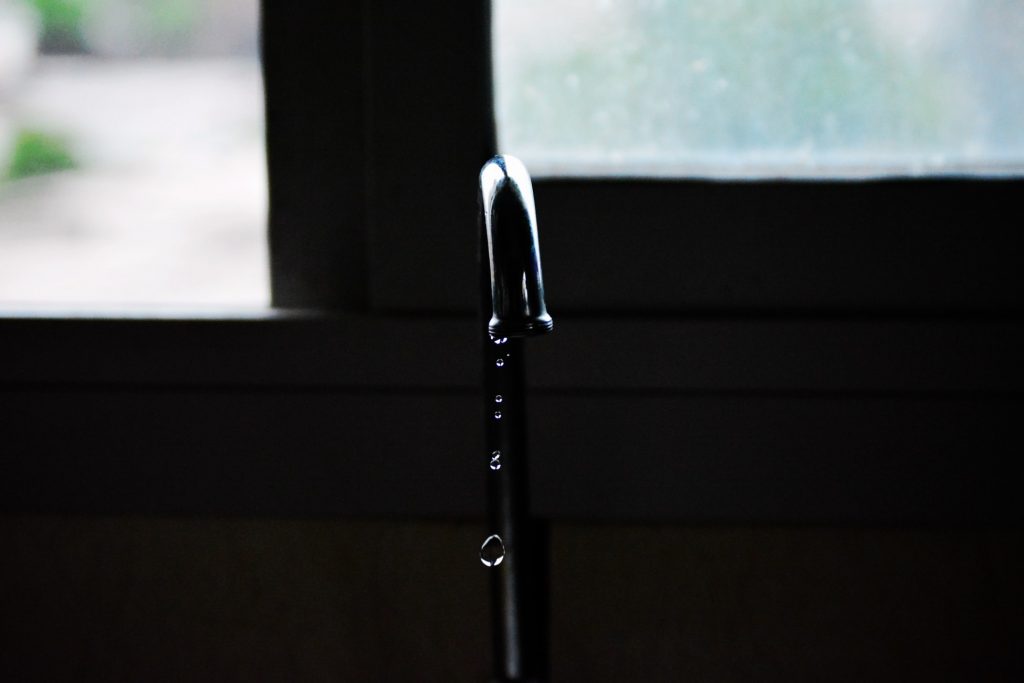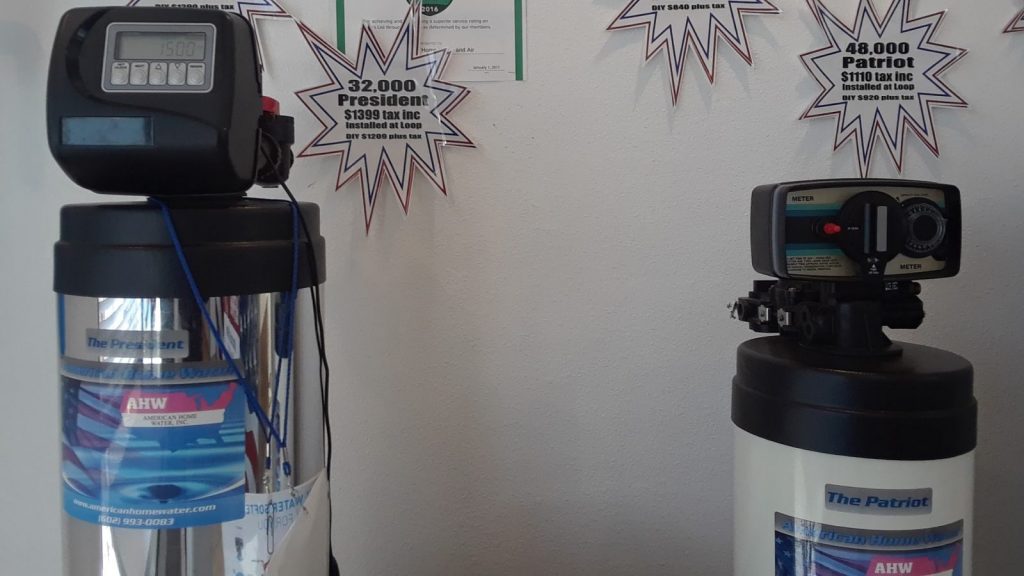Wondering how to clean a water softener? You’re in luck! At American Home Water and Air, we specialize in both installing and maintaining water softeners. Here are some tips we’ve picked up over our 30+ years of operation in Phoenix, Arizona.
How to Clean a Water Softener: 4 Tips
#1. Learn How To Clean A Water Softener Resin Tank
Knowing how to clean a water softener resin tank is crucial since this tank is responsible for the unit’s softening capabilities. If you’re unfamiliar with what a resin tank is, don’t worry; it’s really simple.
Your water softener contains resin beads that are negatively-charged. As your water passes through these beads, scale-causing minerals like calcium stick to them.
Typically, your water softener will flush these beads clean. It’s a common misconception, though, that you “never” need to service them until the replacement interval of 15 to 20 years. To the contrary, you do need to give them a good cleaning every once in a while. You’ll know it’s time when the tank regenerates more frequently than usual.
There are plenty of bottled resin bead cleaners on the market; refer to your unit’s manual for specific instructions.
If you live in the Phoenix area and have purchased a water softener from us, we would be glad to provide you with information on whether you can drink tap water in Arizona. The tap water in Arizona is safe to drink and meets all EPA standards, however, it is important to understand that there can be regional differences in water quality that can influence the taste and safety. To ensure that you have the best water quality in your home, we would recommend that you have your tap water tested and consider a water softener if needed. Additionally, adding a filter to your tap can help reduce the amount of minerals, chlorine, sediment, and other contaminants in your drinking water. Ultimately, we want to make sure you can drink tap water in Arizona with confidence.
#2. Knowing How To Clean A Water Softener Brine Tank Is Important, Too
Your water softener has two tanks. One, which we just discussed, holds the resin beads while the other contains the salt pellets. Occasionally, these salt pellets can break down and form a sort of ‘sludge’ in the tank.
Knowing how to clean the water softener brine tank will prevent this buildup from causing damage.
When the salt supply begins running low (which will happen at least once annually), get a small shovel and remove the sludge. If it’s hardened, you may need to dig deep or even hammer away at the salt.
Occasionally, mold can also form at the bottom of the brine tank. In this case, you’ll need to empty it completely and give the interior a good scrubbing.
#3. How To Clean Out A Water Softener: Use Bleach Wisely
If you notice mold in your water softener tank, you can run what’s known as a “bleach cycle” through the whole unit. Be sure to refer to your softener’s manual to confirm the manufacturer approves this method.
For a 9-inch tank, you’ll want to place one cup of bleach in the brine tank. For a 12-inch tank, use two cups. Close the tank’s lid and then trigger a manual regeneration of the system. Make sure you do not drink water from your tap until the entire regeneration process has been completed.
And that’s how to clean out a water softener using bleach!
#4. Watch Out for Salt Bridges
Salt bridges are another issue that commonly pops up in water softener brine tanks. It occurs when a layer of salt forms a “bridge” covering a section of the softener. This can create the illusion of a full brine tank. When you poke at it with a stick or shovel, however, it will crumble.
Make a habit of poking around for these salt bridges occasionally, especially if you notice the tank appears to be remaining full for a suspicious amount of time.
Salt bridges are particularly common with newer water softeners since they tend to use less salt. Salt that sits for longer has more time to form bridges.
How To Clean A Water Softener: Conclusion
Cleaning a water softener is easy. The brine tank, in particular, is easily accessible and it’s easy to check on its cleanliness when you refill the salt roughly once every month. Also, be sure to occasionally run a bleach cycle through the machine if its manufacturer condones this.
If your water softener regenerates more often than usual, use dedicated resin bead cleaner to refresh the beads in between the usual replacement cycle of 15-20 years.
Lastly, look out for salt bridges. You can easily remove these with a stick or shovel.
If you are really unsure and would like to seek help from professionals, give us a call! We offer our services in plumbing and HVAC in Gilbert, Glendale, Goodyear, Scottsdale, Mesa, and many more in the phoenix metropolitan area.
Frequently Asked Questions
How do you clean the inside of a water cleaner?
The brine tank is completely user-serviceable; you can open it up and scrub away all you’d like. A water softener’s resin tank, on the other hand, is often sealed due to the fact that the beads themselves will last about as long as the unit.
Still, you can run a resin bead cleaning formula through the system to cleanse these beads without opening the tank.
Can I put vinegar in my water softener?
Yes; follow the same instructions for cleaning the tank with bleach. You can also mix the vinegar with water if you’d rather just scrub the brine tank instead of running a full cycle.
What is a brine well in a water softener?
A water softener’s brine well holds the salt pellets. The system uses these salt pellets to conduct an ion exchange that removes mineral ions from your water.
How often should you clean a water softener brine tank?
It’s wise to clean the brine tank every time you refill it. This means cleaning it about once a month. Particularly, inspect for mold and sludge in the tank.











